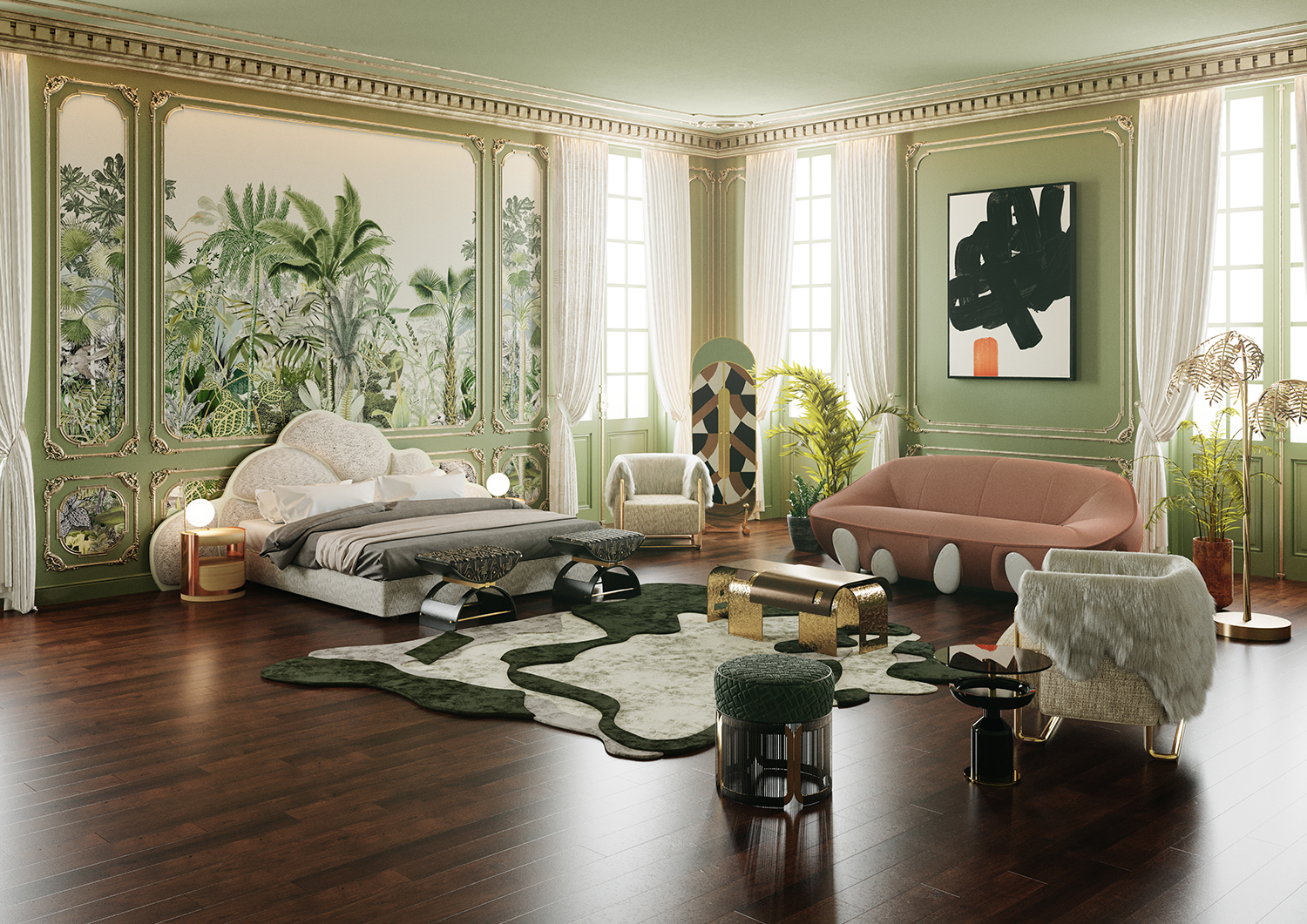Transform Your Home With Important Principles of Inside Layout and Aesthetics
The art of transforming your home with the essential principles of interior decoration and looks calls for a thoughtful strategy that harmonizes color, balance, and spatial awareness. By comprehending the effect of color theory and the significance of structure and patterns, one can develop rooms that are not just visually appealing yet additionally deeply individual. Attaining this stability includes greater than simple design; it includes a calculated plan and a keen understanding of just how each aspect engages within an area. As we check out these foundational principles, take into consideration how they might redefine your understanding of home and individual expression.
Recognizing Shade Theory
Comprehending the concepts of color concept permits designers to produce rooms that resonate mentally with occupants while fulfilling useful requirements. Each classification plays a critical function in developing consistency within a space.
The mental influence of colors is profound; cozy hues such as reds and oranges evoke power and heat, while cool tones like blues and eco-friendlies promote calmness and serenity. The use of complementary shades boosts aesthetic interest, creating striking contrasts that can elevate a space's allure.
Neutral shades, on the various other hand, offer as a functional background, permitting other style aspects to radiate. It is necessary to consider factors such as lighting and the space's function when choosing a color combination, as these can change the understanding of colors throughout the day.
Eventually, a well-considered color design can transform an area, fostering a sense of convenience and style that lines up with the residents' preferences. Mastery of color concept is, as a result, an essential skill for any kind of indoor developer aiming to create unified and welcoming atmospheres.
Achieving Balance in Layout
Exactly how can designers accomplish a sense of stability in their spaces? Attaining balance in design is essential to creating unified interiors.
Unbalanced balance, on the various other hand, counts on varying elements that still accomplish a cohesive appearance. This approach enables more dynamic and casual plans, giving rate of interest while keeping balance. By carefully choosing varying sizes, shades, and textures, developers can create a visually compelling area that really feels balanced yet energetic.
Radial equilibrium emphasizes a central centerpiece with elements radiating external. This style is typically seen in round layouts, where furniture and decoration develop a cohesive surround that draws the eye internal.
Ultimately, achieving equilibrium needs thoughtful consideration of range, percentage, and the relationships between aspects. luxury interior design. By skillfully applying these balance concepts, developers can change rooms right into environments that feel both visually pleasing and functionally harmonious, improving the general experience for owners
Relevance of Spatial Awareness

An eager sense of spatial understanding enables developers to identify prime focus within an area, guiding the viewer's attention to key features while keeping a general sense of unity. It additionally aids in the critical positioning of illumination, which can drastically affect the assumption of area and state of mind. Moreover, understanding spatial partnerships allows the designer to cater to the details demands of inhabitants, ensuring that each area serves its designated function without jeopardizing appearances.
Ultimately, spatial awareness is crucial for taking full advantage of the potential of any kind of indoor space. By meticulously considering the interaction in between measurements, format, and feature, designers can create click here to find out more settings that not only fulfill functional demands but likewise evoke a feeling of comfort and elegance, improving the overall living experience.
Including Structure and Patterns
Welcoming a diverse range of structures and patterns can considerably boost the visual and responsive appeal of an indoor space. The critical use numerous materials-- such as timber, metal, material, and rock-- produces deepness and interest, making a space feel extra inviting and vibrant. For example, integrating smooth surfaces with rough appearances can establish an equilibrium that attracts the eye and engages the senses.
When integrating patterns, consider both scale and repeating. Huge patterns can function as focal points, while smaller sized, refined designs can match various other components without overwhelming the area. Layering patterns, such as pairing flower cushions with striped tosses, includes intricacy and a sense of harmony if carried out attentively.
It is additionally crucial to maintain a cohesive color palette, ensuring that textures and patterns interact instead of complete for focus. By choosing a few other essential textures and patterns, you can create an unified visual that mirrors your individual style while enhancing the total setting of the space. Eventually, the careful incorporation of these components can change a mundane space right into a sophisticated setting rich with character and warmth.
Personalizing Your Space
Developing an area that reflects your personality is essential to accomplishing a really inviting setting. Personalization in indoor style allows you to instill your special style and passions into your home, changing it from a simple shelter right into a sanctuary that talks to who you are. Begin by picking a shade palette that reverberates with your emotions-- vibrant shades can invigorate, while soft tones use tranquility.
Include artwork and style that reflect your interests, whether it be travel, nature, or abstract principles. Showing individual collections, such as books, photos, or souvenirs, can stimulate valued memories and produce prime focus within a space. In addition, think about tailoring functional items, like upholstered furnishings, to align with your visual choices.

Verdict
To conclude, the makeover of a home through the vital concepts of interior design and aesthetics requires a thorough understanding of color theory, balance, spatial understanding, appearance, and customization. Each element contributes substantially to developing an unified and functional living environment - luxury interior design. By thoughtfully integrating these principles, people can boost the visual appeal and emotional resonance of their spaces, ultimately fostering a home that shows distinct identifications while supplying convenience and usefulness